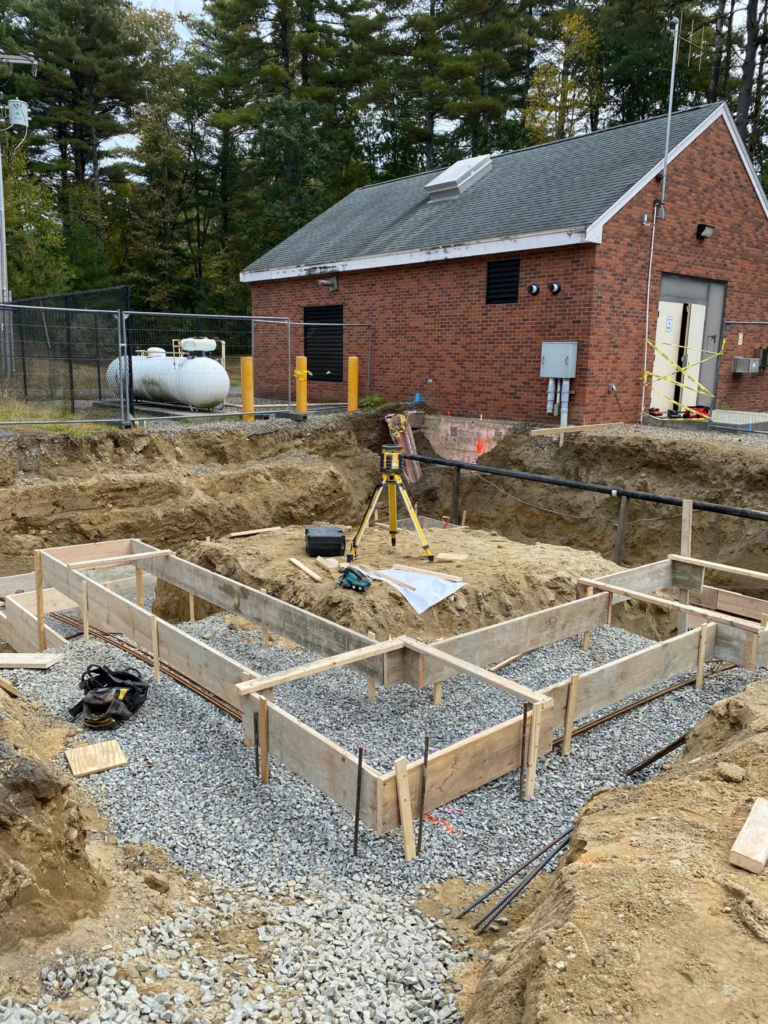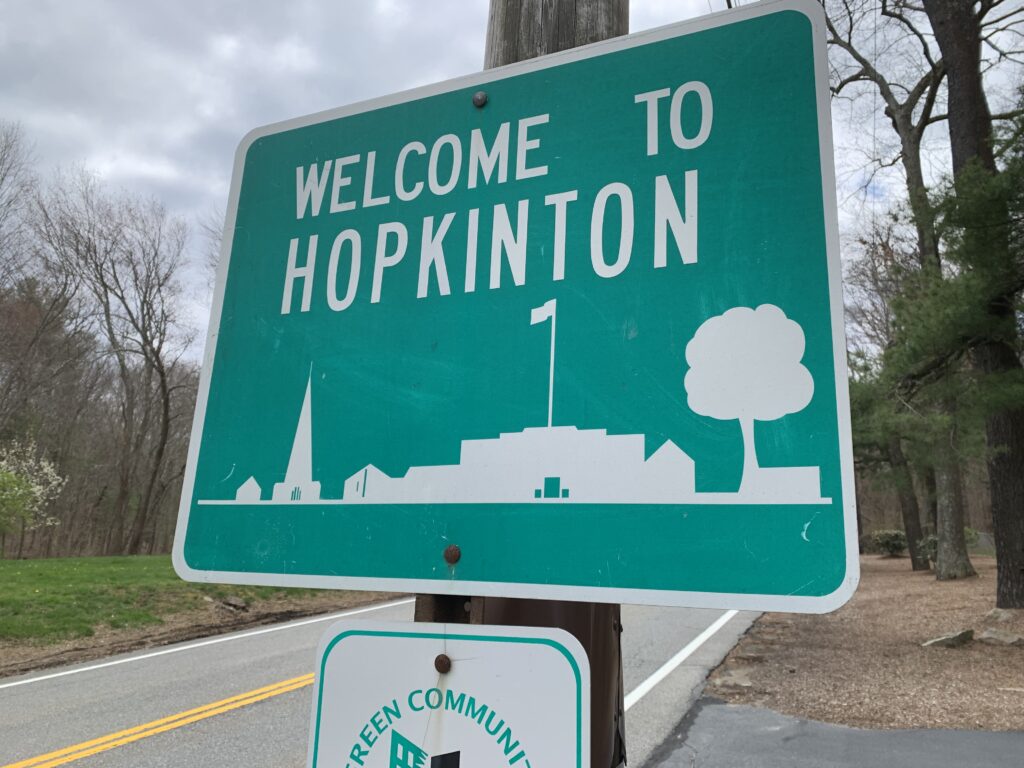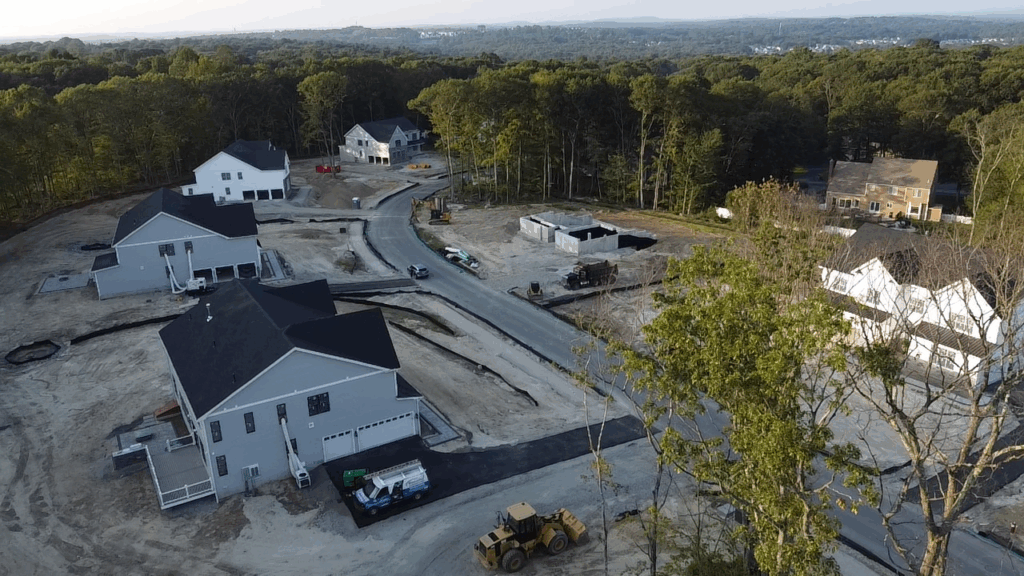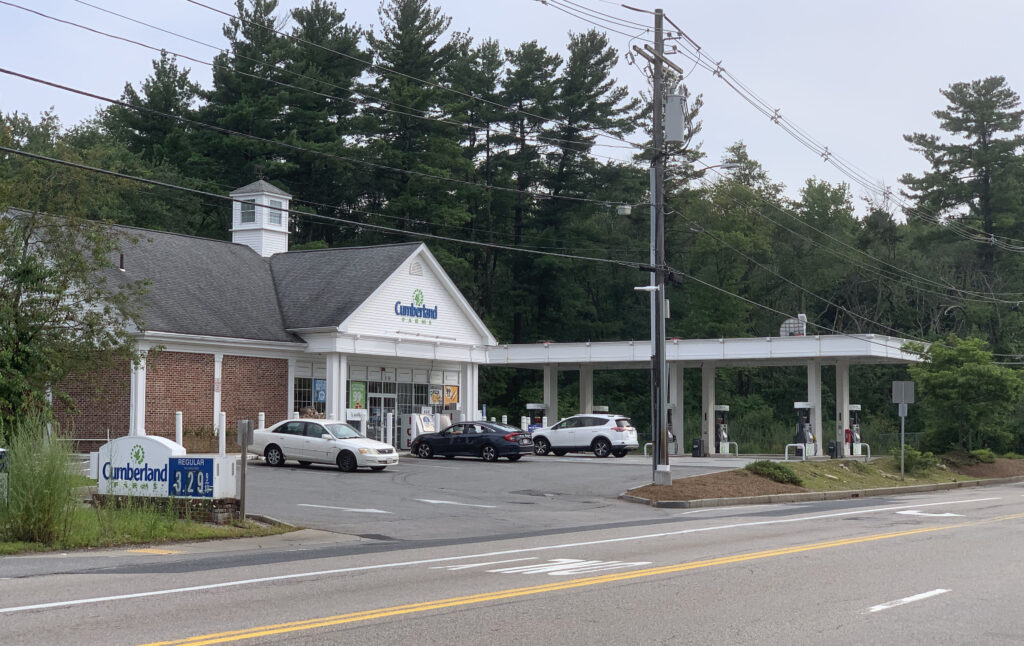The Department of Public Works is working on the second phase of a hydrant flushing project designed to remove minerals from the water, improving its appearance and clarity. The first phase of the project was completed on March 15.
Water and Sewer Superintendent Eric Carty has worked with the department for 39 years. In a recent interview with the Independent, he explained that the program was designed to combat “a perfect storm” of recent issues the DPW faced, including water discoloration, water main breaks and increasing demand due to new construction.
During flushing, discolored water and a decrease in water pressure may occur. Due to the amount of sediment scoured from the pipes, it could take several hours for the water to clear after daily flushing. The discoloration is caused by the mineral deposits that are naturally in the water.
Carty stressed that the water is safe to use, but there may be discoloration. Activities like washing clothes or dishes is discouraged until the water runs clear..
DPW designs flushing program in response to recent challenges
“New England water sources in general are very high in iron and manganese,” Carty explained. “So as you continue to pump, you continue to draw more and more of that into our system.”
While these minerals are not considered harmful to humans, manganese can have a negative impact on brain function if consumed in large quantities, particularly in children.
Water discoloration can increase during the summer, when residents tend to pump more water, he added. Carty noted that the department tries to only use certain wells in the summertime to accommodate the demand.
The increase in torrential rainstorms over the past couple of years also has had an impact on the water table and stormwater runoff. Saturated ground absorbs the water’s manganese and iron.
In addition to these natural causes, the huge spurt in housing development in town has impacted the system, Carty said. Some water mains have had to be changed, and fire hydrants have had to be opened to accommodate these construction projects.
“It was kind of a perfect storm where water quality was starting to deteriorate,” he said. “This brought the other problems to the forefront a little quicker than we anticipated before we could get to the flushing.”
The department encountered several challenges over the past six months. Water main breaks over the winter caused headaches, although they were swiftly resolved.
On Oct. 5, a power outage in the area of the Eversource LNG facility affected the Ashland water treatment plant that provides water to Hopkinton. The incident made “a big mess of the system,” according to Carty.
“The power company was doing something where they shut the pump off and on rapidly,” he explained. “What that does is that it sends the water in one direction very fast and then abruptly reverses it. That stirs up all the minerals and makes a big mess of everything.”
During the fall, the town experienced two weeks of water discoloration that Carty said may have been caused by irrigation systems set on automatic timers.
Periodic water discoloration was first reported on Sept. 27, when the Alprilla Farm wells were in operation. The wells were turned off two days later, and area hydrants were flushed.
An older system becomes modernized
Carty noted that the original downtown main that was replaced during the Main Street Construction Project was from 1888. Over the past 15 years, the DPW has worked to make significant improvements, replacing old mains and creating looping patterns to improve water flow. Engineers have been providing advice on the wells in terms of pumping.
He noted that water main breaks can be caused by changes in water direction from new development and increased demand, especially during the summer.
As the summer approaches, Carty encouraged people to “take a hands-on approach” to water consumption by not automatically running their sprinklers after heavy periods of rain. There also are state-mandated water restrictions from May through September that residents must follow. The restrictions, however, do not mean that property owners have to water their lawns on those days, he stressed.
Said Carty: “Our big message is that until we get connected to the MWRA, we’re really trying to promote that it’s going to be tough to keep up with the demand.”
Carty also mentioned the installation of the PFAS filtration system at Well 6. He noted that while some communities build treatment plants to deal with iron and manganese, it would not be an effective strategy for Hopkinton.
“We would have to build them at separate spots all over town,” Carty said. “It would be really expensive, and we wouldn’t get any more water quantity with that. The MWRA became the obvious way to go.”
DPW Director Kerry Reed explained in an interview that it will be “a three- to five-year process” to connect to the MWRA system. This is due to the permitting and approval process with the Massachusetts Water Resources Commission, the MWRA and other entities. She has compared these results with other communities.
“There’s quite a few steps that we have to go through,” she explained. “We still haven’t gone back to Annual Town Meeting to request the funding for it.”
Said Reed: “From my perspective, the folks at the MWRA have been very supportive.”
“Kerry has been a super addition here,” Carty added. “She’s well organized. If you ask for help or if you need to get something done, it gets done right away.”
What residents can do during flushing periods
Carty advised residents to make arrangements to minimize water use during the flushing period to avoid drawing mineral deposits into home water service. Water should be checked before using it.
“This discoloration should only last a day or two while flushing in your immediate area,” he said. “If you experience brown or discolored water, the Water Department recommends you flush with cold water, preferably with an outside garden hose, until your water runs clear.”
Once this project is completed, future disruptions should be minimal, he added.
For more information, visit the Water Department’s website at: hopkintonma.gov/departments/department_of_public_works/water_and_sewer/index.php.




















0 Comments